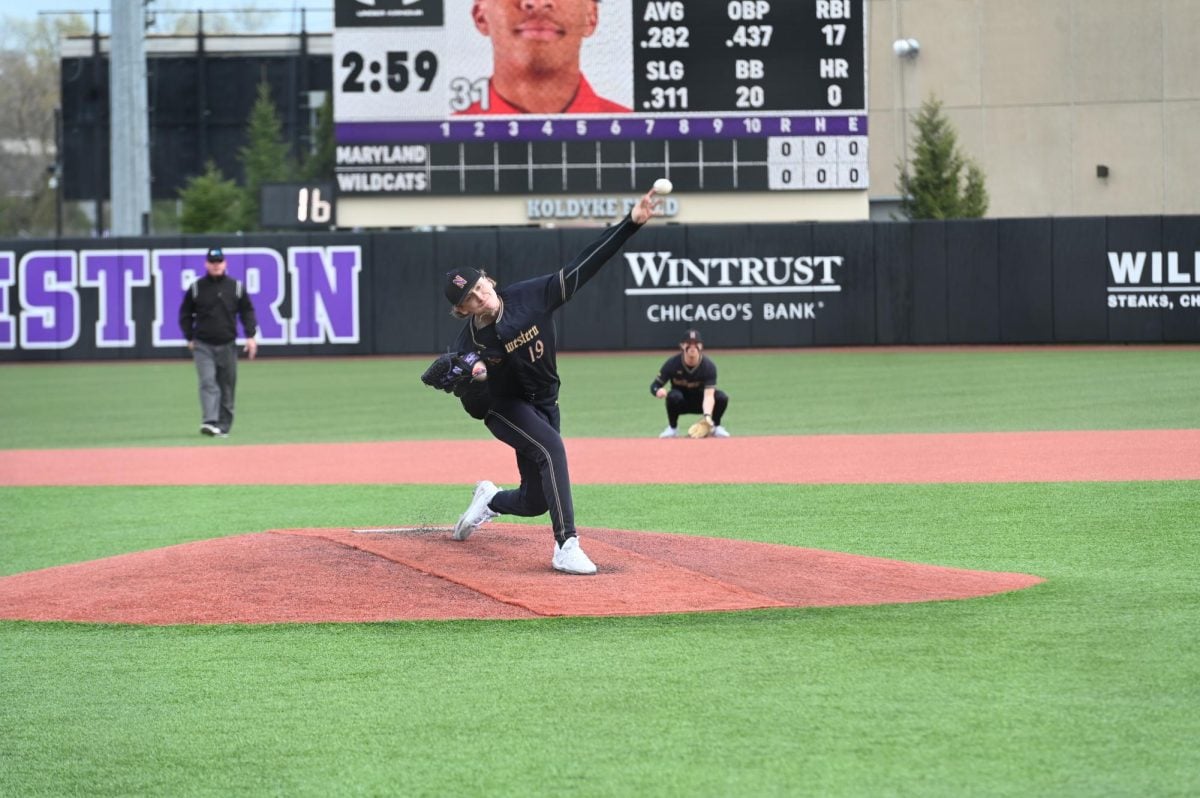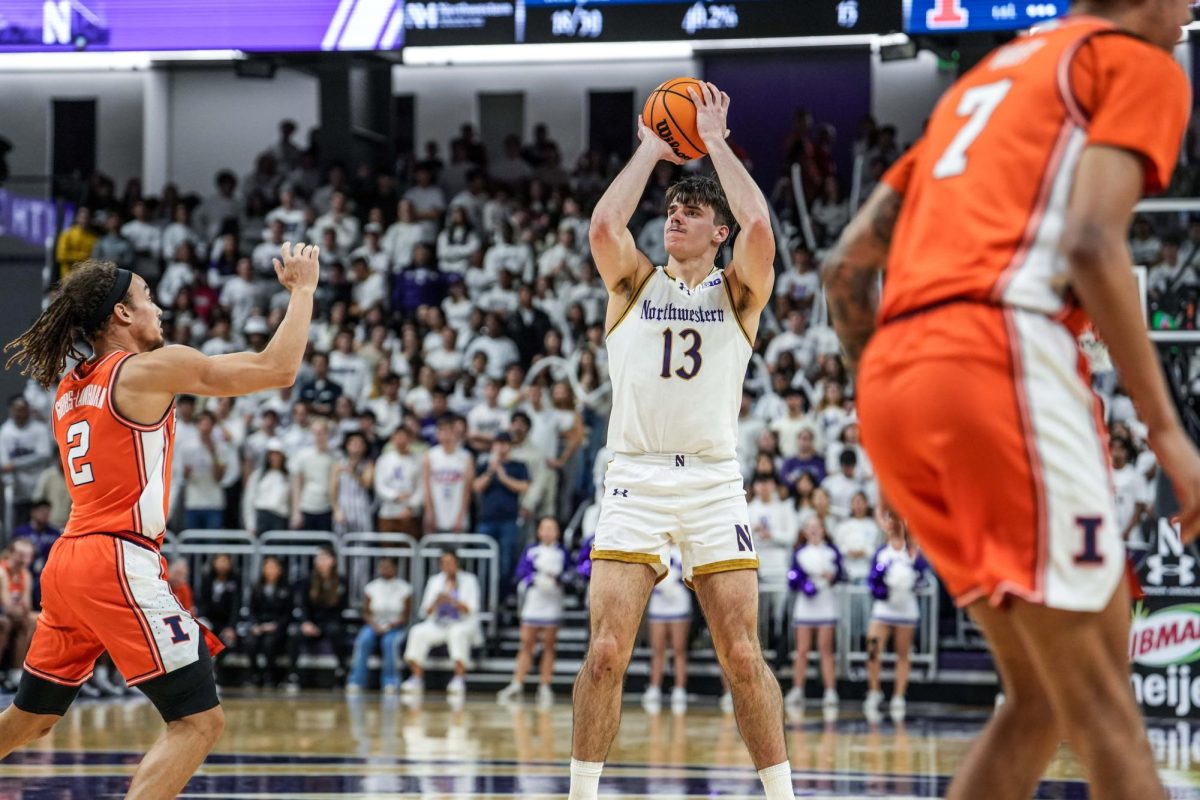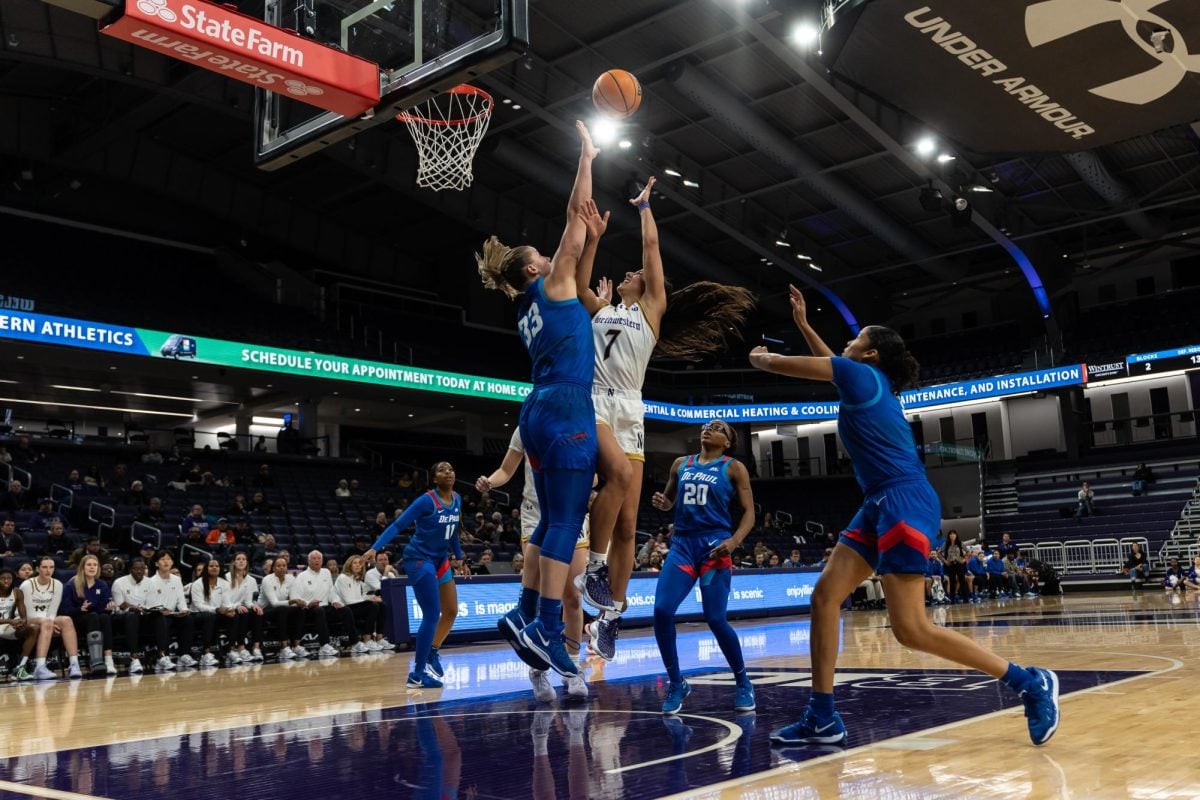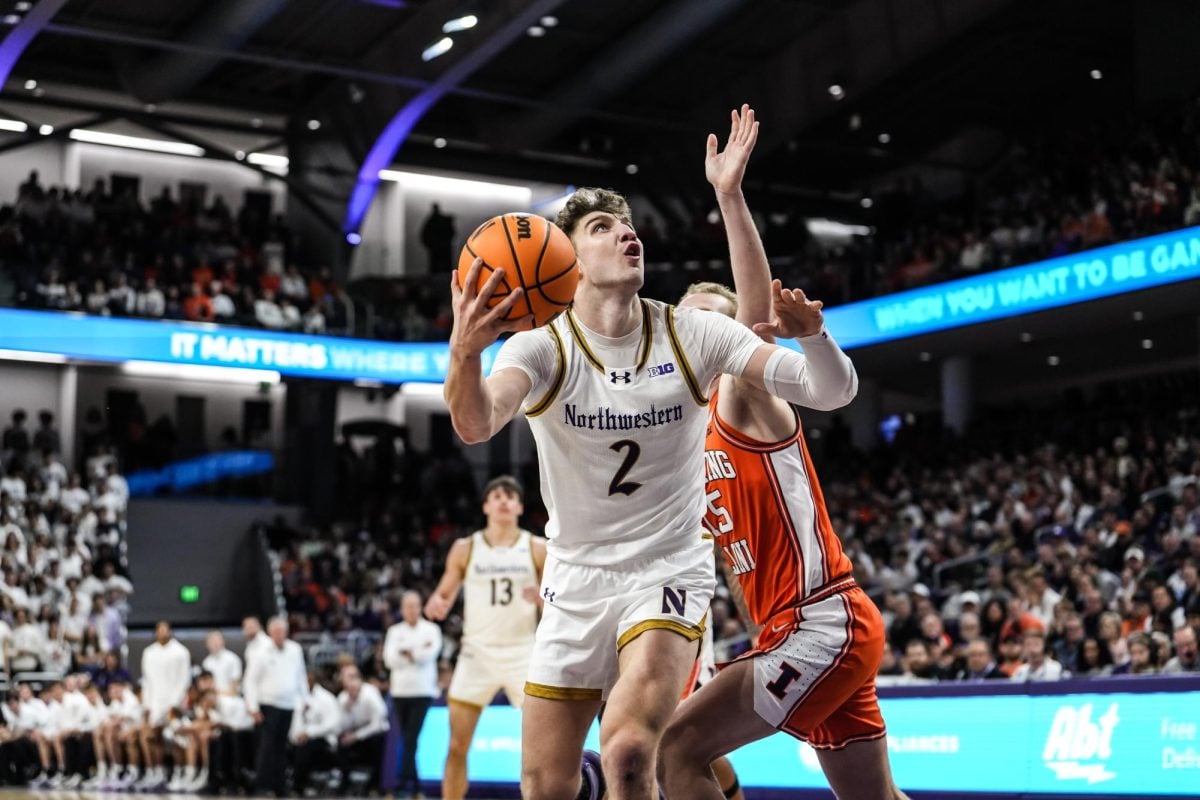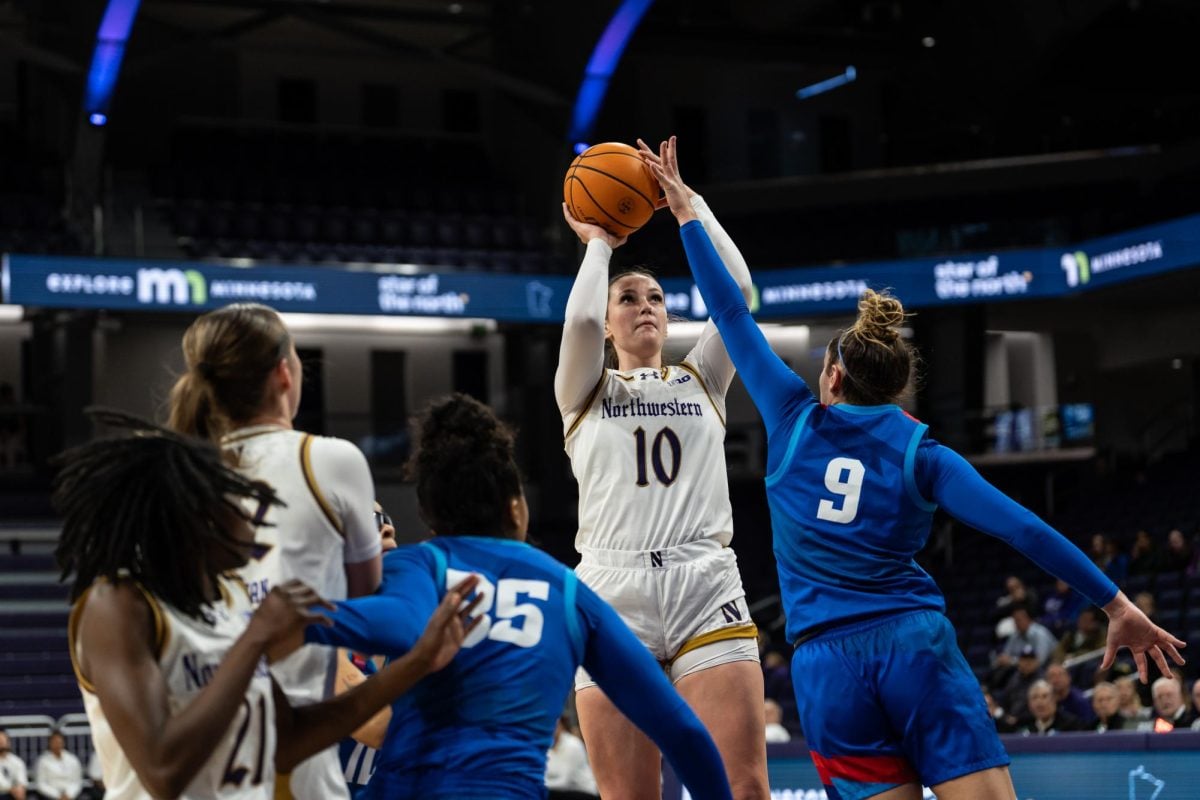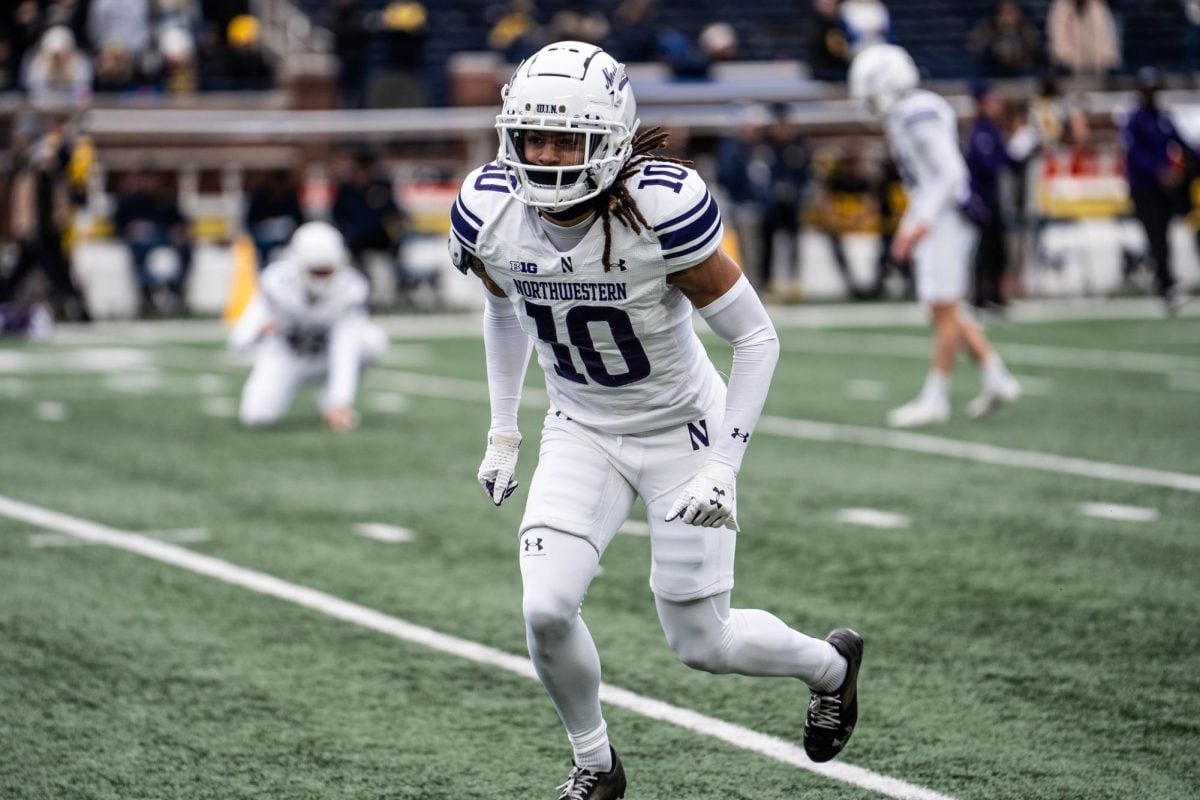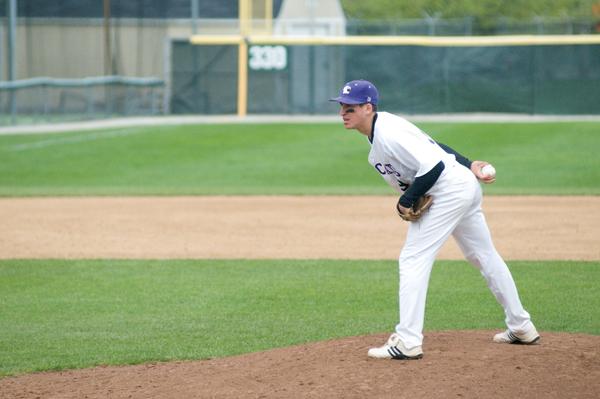
Small sample sizes are dangerous to any statistician. And any baseball fan.
That’s why, as Northwestern (4-2) approaches a three-game weekend series with Missouri State (7-3), this season’s individual results must be regarded with caution.
The limited six-game sample tells the story of two NU veterans, one reaching base in nearly half his plate appearances and the other hovering at the Mendoza Line — a .200 batting average.
Jack Havey is a senior first baseman, returning for a final collegiate season after hitting .260 with a .345 on-base percentage and team-leading 5 home runs in 2012. Through 21 at-bats in 2013, his average has risen to .381, and his OBP to an NU-best .480.
“It’s the beginning of the season,” Havey said. “Just the first two weekends, so obviously numbers are going to be inflated. But (I’m) just trying to stick to the basics, stick to what we’ve been going over in practice, especially focus on driving the ball the other way.”
Trevor Stevens is a fifth-year senior shortstop, returning after a back injury robbed him of his true senior year. He was named a Big Ten Player to Watch for the 2013 season after leading the Cats in runs scored, triples, walks and stolen bases as a junior in 2011.
Through 25 at-bats in 2013, Stevens is hitting only .200, with a team-high 8 strikeouts (albeit also a team-high 5 walks). Nevertheless, the shortstop called the slow start “not a big deal,” also citing the variability of early-season stats.
“One hit here or there in a game is going to boost it up a lot just because where we are with at-bats and everything,” Stevens said. “I don’t know (if rustiness after missing last season is a factor). It doesn’t feel like it. I’ve had enough time to practice and get back into the swing of things, where it has helped me get back to full speed.”
Stevens’ father, NU coach Paul Stevens, worked with Trevor, among other players, in the batting cages before practice Tuesday but also says he isn’t worried about his son, stressing his priority of team over individual and effort over statistics.
“I’m not concerned about it,” Stevens said of his son’s play thus far. “I’m concerned about how he impacts the rest of the team, how the team rallies around him when he does or doesn’t do anything, the same way I do with (other players).”
As the sample size grows, so too, presumably, will Trevor Stevens’s production. And though the same theory suggests Havey is in for some regression, the first baseman says he is confident the team as a whole, batting .292 with four regulars over .300, can maintain its current level of offense.
“We’ve been playing well, we’ve been putting up a great amount of hits each game, which is really the thing that held us back last year,” Havey said. “We had great pitching last year, but this year that great pitching has been paired with outstanding hitting so far.”
Whether or not that success at the plate will diminish when the sample size becomes more significant, the Cats are happy to ride it for the time being. They’ll need to bring their bats to Springfield, Mo., to face Missouri State, a team that has given up only 13 runs in its 7 wins in 2013 and only once allowed more than 6 in a game.
Paul Stevens says he would rather forget the numbers, sample sizes and all, and focus on, as he says, “winning every single day we go out.”
“I’m not worrying about stats,” the coach said. “If I have guys worrying about what they’re doing statistically, we’re going to miss the boat.”

